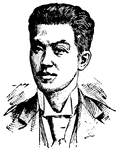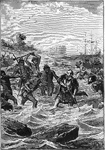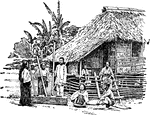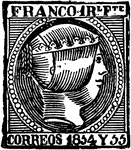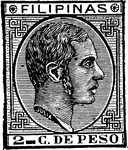Philippines
This ClipArt gallery offers 25 illustrations of the Philippines, and its people, the Filipino, or Pinoy, including architecture, stamps, and scenes of everyday life.

Emilio Aguinaldo
Lead of the Philippine insurgents in their insurrection against Spanish authority, in 1896, and organizer…
Bagobo
"The Bagobos, who are found about the slopes of Mount Apo, wear ivory or shell earings as big round…

Filipino Bolo
A short, broad, lance shaped weapon; used by the Philipinos in their operations against the American…
Filipino Bolo
A short, broad, lance shaped weapon; used by the Philipinos in their operations against the American…

Igorrote
"They have little farms on the foothills of northwestern Luzon, which they plow with carabaos and sometimes…
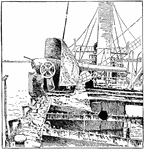
Wreck of the Isla de Luzon
Isla de Luzón was an Isla de Luzón-class protected cruiser of the Spanish Navy which fought in the…

Business Offices in Manila
The City of Manila, or simply Manila, is the capital of the Philippines. Seen here is a collection of…

The Capture of Manila
U.S. Troops invaded Manila in 1898 and waged war with the Spaniards and Filipinos in the Spanish-American…
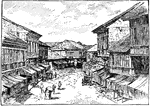
Escolta Street, Manila
The City of Manila, or simply Manila, is the capital of the Philippines. Seen here is Escolta Street…

Natives of Manila
The City of Manila, or simply Manila, is the capital of the Philippines. Seen here are some natives…

Street traffic in Manila
The City of Manila, or simply Manila, is the capital of the Philippines. Seen here is street traffic…
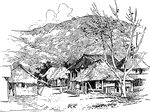
A Typical Village Near Manila
The City of Manila, or simply Manila, is the capital of the Philippines. Seen here is a typical village…

Flag of Philippines, 2009
Color flag of Philippines. Two equal horizontal bands of blue (top; representing peace and justice)…

Flag of Philippines, 2009
Black and white outline flag of Philippines. Two equal horizontal bands of blue (top; representing peace…

Pasig River
Shipping docks at Pasig River, Manila in the Philippines during the Spanish-American War.
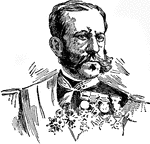
Valeriano Weyler
Valeriano Weyler Nicolau, marqués de Tenerife (17 September 1838 – 20 October 1930) was a Spanish…
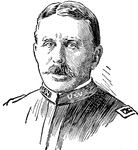
Leonard Wood
Leonard Wood (October 9, 1860 – August 7, 1927) was a physician who served as the Chief of Staff of…
